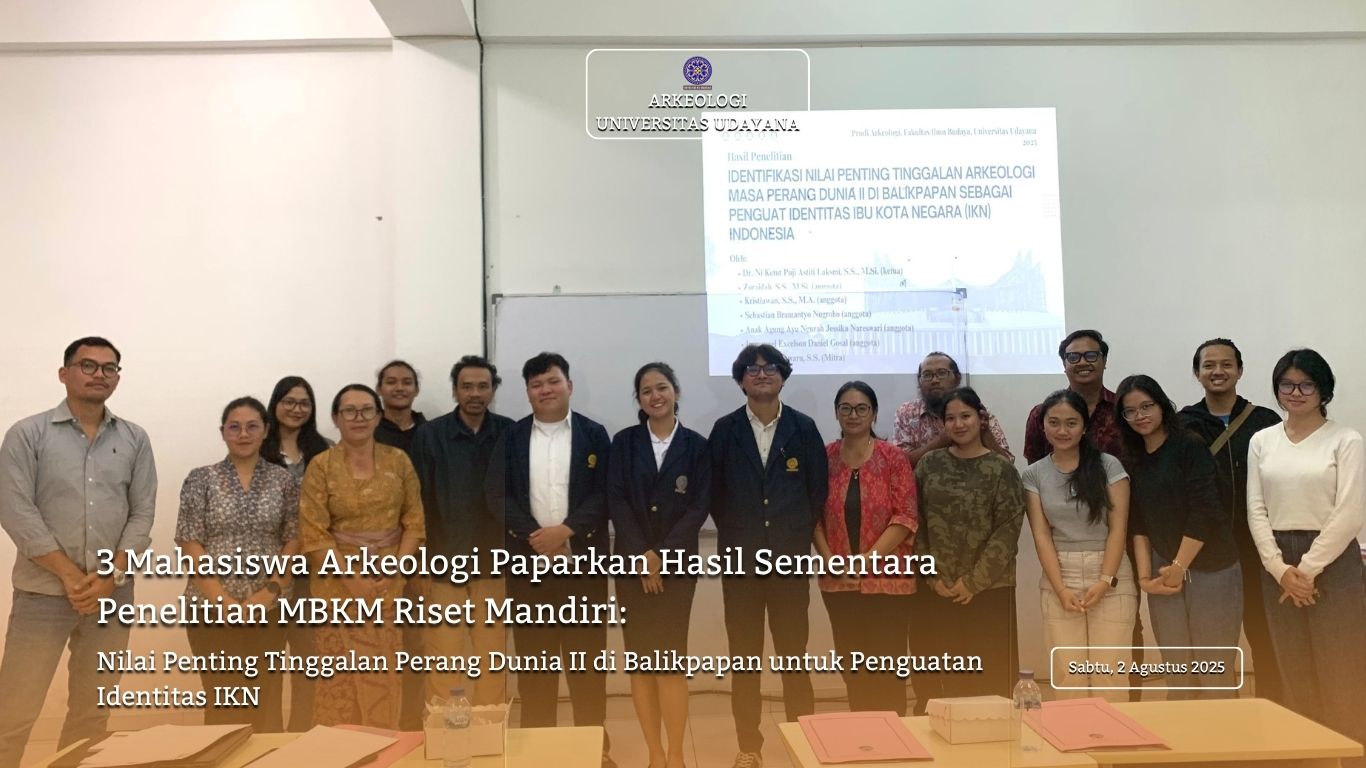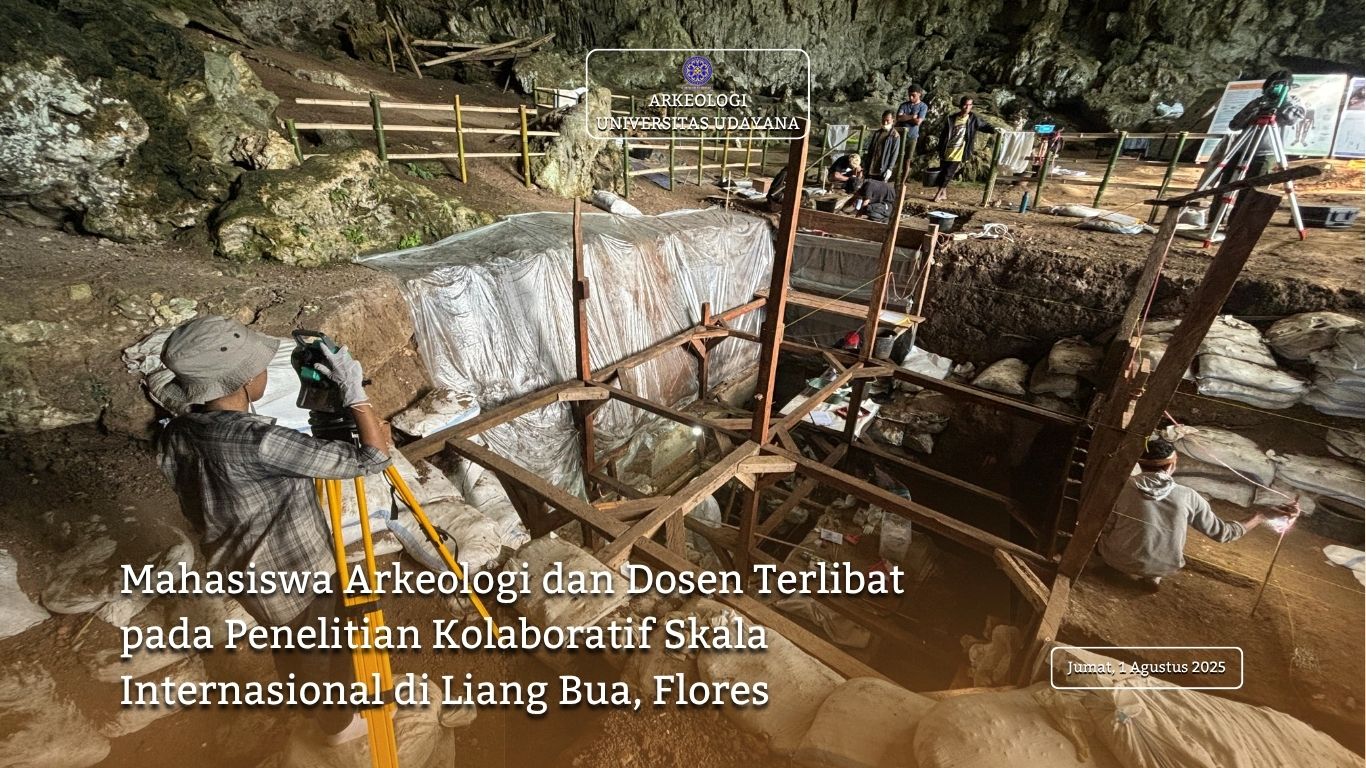PAEI and Udayana University’s Archaeology Programs Collaborates on an Event Called “Diskusi Epigrafi Nusantara Khusus: Upaya Penetapan Prasasti Sebagai Cagar Budaya”
Indonesia has 86 ancient
inscriptions, locally known as “prasasti”,
that are officially declared to be national cultural heritage. The ancient
inscription in Blanjong obtained this status just last year in 2023. Getting
more ancient inscriptions, especially the ones in Bali, to obtain the status of
national cultural heritage is a cause that’s greatly supported by PAEI (Perkumpulan Ahli Epigrafi Indonesia).
That is because, as cultural heritages, these inscriptions will receive
protection, preservation, and appropriate utilization following Indonesia’s law
regarding cultural heritages (UU no. 11
tahun 2010 tentang Cagar Budaya).
That is why on Monday, April 22nd,
2024, PAEI collaborated with Udayana University’s Archaeology program to hold
an event called “Diskusi Epigrafi
Nusantara Khusus: Upaya Penetapan Prasasti Sebagai Cagar Budaya”. Mrs. Luh
Suwita Utami, head of PAEI Komda Bali, expressed in her opening remarks that
this event will be the first of many partnerships with the archaeology program
that will be held soon. The Dean of Udayana University’s Faculty of Humanities , Mr. I Nyoman Aryawibawa S.S, M.A., Ph. D., was happy about PAEI's
interest in working together with the study program and states that ancient
inscriptions in Bali urgently need to obtain the status of cultural heritage.
There were 2 keynote speakers at
this event, Drs. I Made Kusumajaya M.
Si, head of the cultural heritage specialist team in Bali, and Dr. Ni Ketut
Puji Laksmi, S.S., M. Si, 3rd deputy dean of Udayana University’s Faculty of Humanities and member of PAEI Komda Bali Nursa Sulawesi. The discussion
was also moderated by Mr. Rochtri Agung Bawono, lecturer in Udayana
University’s Archaeology program and member of PAEI Komda Bali Nursa Sulawesi.
Dr. Ni Ketut Puji Laksmi delivered
material about ancient inscriptions found in Bali, how reading them is a way to
conserve their importance, and how locals consider these artifacts sacred. Drs.
I Made Kusumajaya M. Si explain the law that regulates cultural heritages in
Indonesia and the requirements that every archeological finding must have to be
considered one.
This event was attended by 75 participants, which included local governments, staff from BPK (Balai Pelestarian Kebudayaan), and archaeology students from Udayana University. It started at 9:00 AM and ended at noon local time (GMT+8). The discussion took place in the Soekarno Room, Faculty of Humanities Jln. Pulau Nias No. 13, Denpasar, Bali.
.png)



FACULTY OF HUMANITIES